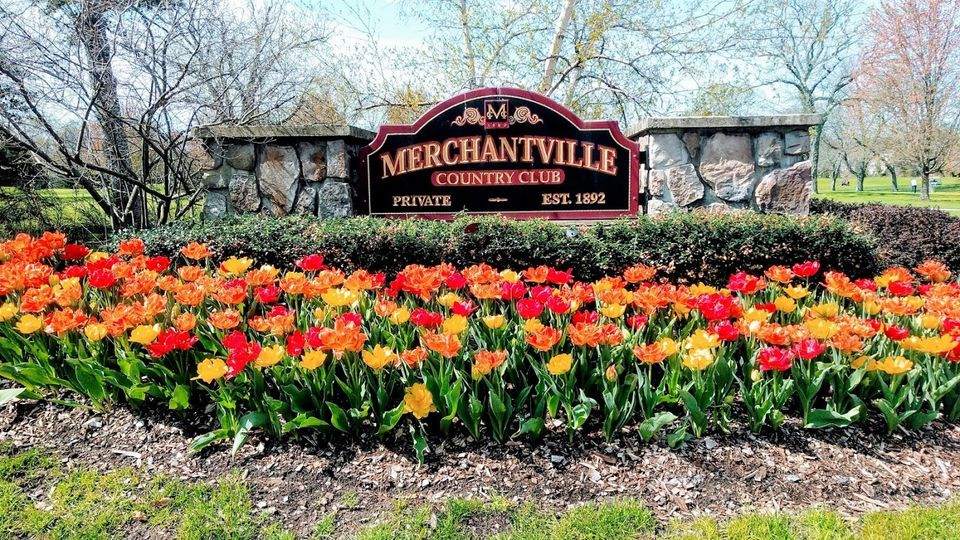Cherry Hill, New Jersey, is a community rich in history, boasting numerous historical landmarks that reflect its past and contribute to its cultural identity. These landmarks are a testament to the community’s efforts to preserve its heritage and provide future generations with a connection to their roots. In this article, we will take a journey through Cherry Hill’s historical landmarks, exploring their significance and the ongoing efforts to preserve and promote them.

One of the notable historical landmarks in Cherry Hill is the Barclay Farmstead. Built in the late 18th century, this farmhouse stands as a reminder of the area’s agricultural roots. Today, it serves as a living history museum, showcasing the daily life and traditions of early settlers. Visitors can explore the farmhouse, view historic artifacts, and participate in educational programs and events that celebrate the region’s agricultural heritage.
Another iconic landmark in Cherry Hill is the Croft Farm, a historic property that dates back to the 18th century. This farmstead offers a glimpse into Cherry Hill’s rural past and features well-preserved buildings, including the original farmhouse and barn. The Croft Farm is now a community center that hosts art exhibitions, cultural events, and recreational activities, providing a vibrant space where residents can come together to celebrate the community’s history and culture.
Cherry Hill is also home to the historic Merchantville Country Club, now known as the Cherry Hill Golf Course. This golf course has a rich history dating back to the early 20th century and has hosted notable golf tournaments over the years. The course’s scenic beauty and well-maintained greens make it a popular destination for golf enthusiasts while also preserving a piece of Cherry Hill’s sporting heritage.
In addition to these landmarks, Cherry Hill has several historic churches that have played a significant role in the community’s religious and social life. St. Thomas Greek Orthodox Church, for example, is a beautiful structure that showcases the influence of Greek culture in the area. The church hosts festivals and cultural events that celebrate the Greek heritage and serve as a gathering place for the local Greek community.
Preserving and promoting these historical landmarks requires ongoing efforts from the community. Organizations such as the Cherry Hill Historical Commission and local historical societies play a crucial role in researching, documenting, and advocating for the preservation of these sites. Through their work, they ensure that future generations can appreciate and learn from Cherry Hill’s rich history.
Furthermore, community events and heritage festivals provide opportunities for residents and visitors to engage with the historical landmarks. Open houses, guided tours, and interpretive programs allow individuals to explore the sites, learn about their significance, and gain a deeper understanding of the community’s past.
Cherry Hill’s historical landmarks not only contribute to the community’s cultural fabric but also serve as valuable educational resources. Schools often incorporate visits to these sites into their curriculum, enabling students to learn about local history in a tangible and immersive way. By connecting with the past, students develop a sense of pride and a deeper connection to their community.
In conclusion, Cherry Hill’s historical landmarks are treasures that reflect the community’s past and provide a foundation for its future. Through preservation efforts, community engagement, and educational initiatives, Cherry Hill ensures that these landmarks continue to inspire and educate generations to come. Exploring and celebrating these historical landmarks not only deepens our appreciation for the community’s heritage but also strengthens the sense of identity and pride among Cherry Hill residents.



